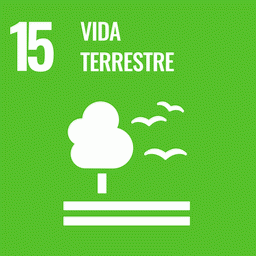Riparian forests play key roles in protecting biodiversity and water resources, making them priorities for conservation in human-dominated landscapes, but fragmentation associated with expanding tropical croplands threatens their ecological integrity. We compared the structure of tropical riparian forests within intact and cropland catchments in a region of intensive soybean production in the southeastern Brazilian Amazon. We studied forest plots (varying from 120 to 210 m long) that bisected riparian zone forests and headwater streams in ten catchments. Four plots were within large areas of intact primary forest and six were in bands of protected riparian forest along streams within croplands as required by the Brazilian Forest Code. We found that riparian forests in croplands harbored fewer species of trees and seedlings/saplings, and had higher proportions of opportunistic, pioneer tree species. We also found greater variation in tree species composition, and higher internal dissimilarity in croplands compared with forests. The observed patterns in tree species composition were driven mainly by differences between riparian forest-cropland edges and those bordering intact upland forests. Forests nearest to streams in cropland and forested catchments were more similar to one another. Results suggest that wider buffers are needed at the edges of croplands to maintain riparian forest structure. The minimum 30-m riparian buffers now required by the Brazilian Forest Code may thus be insufficient to prevent long-term shifts in riparian forest species composition and structure.
Brasil quer reduzir à metade desmatamento da Amazônia até 2017
Reportagem divulgada pela agência Reuters, em dezembro de 2008, afirma que o governo brasileiro anunciou reduzir o desmatamento da Amazônia à metade até 2017, reagindo a críticas internacionais de que o país estaria fazendo pouco para combater o aquecimento global....

